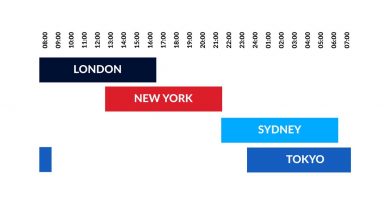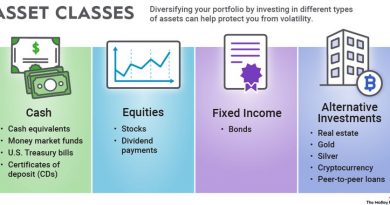Trading Effect What It Means How It Works

Contents
Trading Effect: What It Means, How It Works
What Is Trading Effect?
The trading effect measures a portfolio manager’s effectiveness by comparing their portfolio returns to a chosen benchmark.
Key Takeaways
- The trading effect measures a portfolio manager’s effectiveness by comparing their portfolio returns to a chosen benchmark.
- The trading effect answers the question of whether the portfolio manager or investor added value by actively managing the portfolio.
- The trading effect can also determine whether active investing (trading) is better than passive investing.
Understanding Trading Effect
The trading effect is the difference in performance between an active investor’s portfolio and a chosen benchmark. Active investing requires someone to act as the portfolio manager. The aim of active investing is to determine whether the composition of the investor’s portfolio, including any alterations made, performed better or worse than the benchmark. The trading effect can also determine whether active investing (trading) is better than passive buy-and-hold investing strategies.
The chosen benchmark must be relevant to the portfolio being measured and widely recognized and used. For example, the S&P 500 index would be an appropriate benchmark to measure an investor’s portfolio predominantly comprised of U.S. large-cap equities.
The trading effect quantifies a portfolio manager’s performance and answers the question of whether adjustments made to the portfolio added value.
If the benchmark, such as the Dow Jones Corporate Bond Index, outperforms the actively managed bond portfolio, then the portfolio manager subtracted value for the investor. If the bond portfolio earns more than the bond index, then the changes in portfolio composition have increased investor value, indicating a good management strategy.
Trading Effect and Bond Portfolios
Various factors can influence bond portfolio returns. Prior to the 1970s, most bond portfolio managers followed buy-and-hold strategies, so their performance likely did not differ much. The bond market’s stability during that era allowed little benefit from active management. The environment changed in the late 1970s and 1980s when interest rates increased dramatically and became more volatile.
Although techniques for evaluating stock portfolio performance have existed for decades, comparable techniques for examining bond portfolio performance were initiated more recently due to the increased volatility of the bond market.
Increased market volatility led to more dispersed performances by bond portfolio managers, creating a demand for techniques to evaluate their performance.
Evaluation models for bonds typically consider overall market factors and the impact of individual bond selection. This technique for measuring the trading effect breaks down the return based on the bond’s duration as a comprehensive risk measure, but it does not consider differences in the risk of default.
The technique does not differentiate between an AAA bond with a duration of eight years and a BBB bond with the same duration, which could clearly affect the performance. A portfolio manager that invested in BBB bonds could experience a positive trading effect simply because the bonds were of lower quality.


